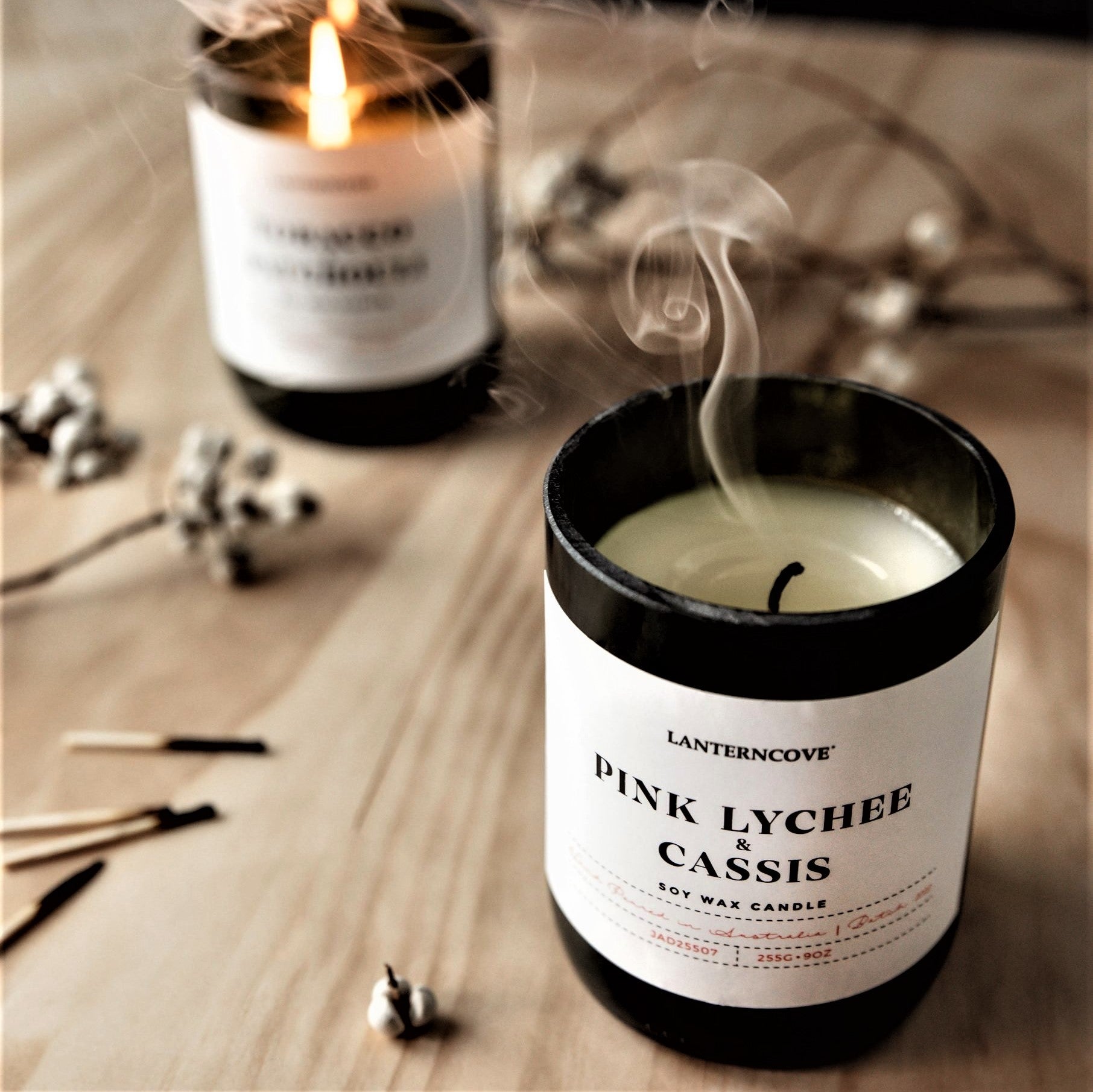From Wick to Wax: Understanding the Chemistry Behind Soy Wax Candles and Their Ecological Influence
As we illuminate our spaces with the warm radiance of candle lights, there exists a realm of detailed chemistry behind the seemingly basic act of lighting a soy wax candle light. Join us as we unwind the scientific complexities behind soy wax candle lights and discover their implications on our setting.
Soy Wax Vs. Paraffin Wax
When contrasting soy wax and paraffin wax for candle light making, it is necessary to understand the distinctive features and benefits of each product. Soy wax is a natural, renewable energy stemmed from soybean oil, making it green and biodegradable - soy wax candles. In comparison, paraffin wax is a result of petroleum refining, which increases issues concerning its ecological influence and sustainability
Soy wax candle lights shed cleaner and emit much less soot compared to paraffin wax candle lights, making them a healthier option for indoor air high quality. Furthermore, soy wax has a reduced melting point, enabling a longer-lasting candle light that distributes scent better. Paraffin wax, on the various other hand, tends to melt faster and much less cleanly, potentially releasing unsafe chemicals right into the air.
From a sustainability point of view, soy wax is favored for its biodegradability and renewable sourcing, straightening with the expanding consumer preference for eco aware items. While paraffin wax has actually been a conventional choice in candle light making as a result of its cost and simplicity of use, the shift in the direction of green alternatives like soy wax is gaining energy in the sector.
Chemical Structure of Soy Wax

Combustion Process in Soy Candles
The chemical make-up of soy wax directly influences the combustion process in soy candles, impacting elements such as shed time, fragrance release, and environmental effect. When a soy candle light is lit, the heat from the fire melts the wax near the wick.
The burning effectiveness of soy candles is affected by the purity of the soy wax and the top quality of the wick. A clean-burning soy candle with an appropriately sized wick will lessen and produce a stable fire residue formation. This not just extends the shed like this time of the candle light but also enhances the launch of scents. Furthermore, soy wax candle lights have a lower environmental impact contrasted to paraffin candles as a result of their sustainable and eco-friendly nature.

Environmental Advantages of Soy Wax

Considered a lasting option to standard paraffin wax, soy wax supplies noteworthy environmental advantages that make it a prominent selection among eco-conscious consumers. Soy wax burns cleaner and creates much less residue than paraffin wax, adding to much better indoor air quality and lowering the demand for cleansing and upkeep. On the whole, the ecological advantages of soy wax align with the growing need for sustainable and green items in the market.
Recycling and Disposal Considerations
Recycling and appropriate disposal of soy wax candle lights play an essential role in keeping environmental sustainability and decreasing waste in families and neighborhoods. When it comes to reusing soy wax candles, the very first action is to guarantee that the candle light has actually burned completely.

In regards to disposal, if recycling is not an option, soy wax candle lights are naturally degradable and can be securely disposed of in many household waste systems. However, it is constantly advised to talk to regional reusing centers or waste monitoring solutions for certain standards on candle light disposal to make sure appropriate handling and environmental management.
Verdict
To conclude, the chemistry behind soy wax candles discloses their ecological benefits over paraffin wax candle lights. Soy wax, stemmed from soybean oil, burns cleaner and creates much less soot when compared to paraffin wax. The burning process in soy candles is more effective, resulting in a longer and more also burn. Furthermore, soy wax is eco-friendly and biodegradable, making it a more lasting option for candle manufacturing. Reusing and proper disposal of soy wax candles even more contribute navigate to these guys to their environmental effect.
When comparing soy wax and paraffin wax for candle making, it is important to comprehend the unique features and benefits of each product (crystal soy candles).Soy wax candles shed cleaner and release less residue compared to paraffin wax candle lights, making them a healthier choice for indoor air high quality.Considered a sustainable alternative to typical paraffin wax, soy wax uses significant ecological benefits that make it a popular choice amongst eco-conscious consumers. Soy wax burns cleaner and produces less residue than paraffin wax, contributing to far better interior air high quality and minimizing the need for cleaning and maintenance.In final thought, the chemistry behind soy wax candles discloses their environmental benefits over paraffin wax candles